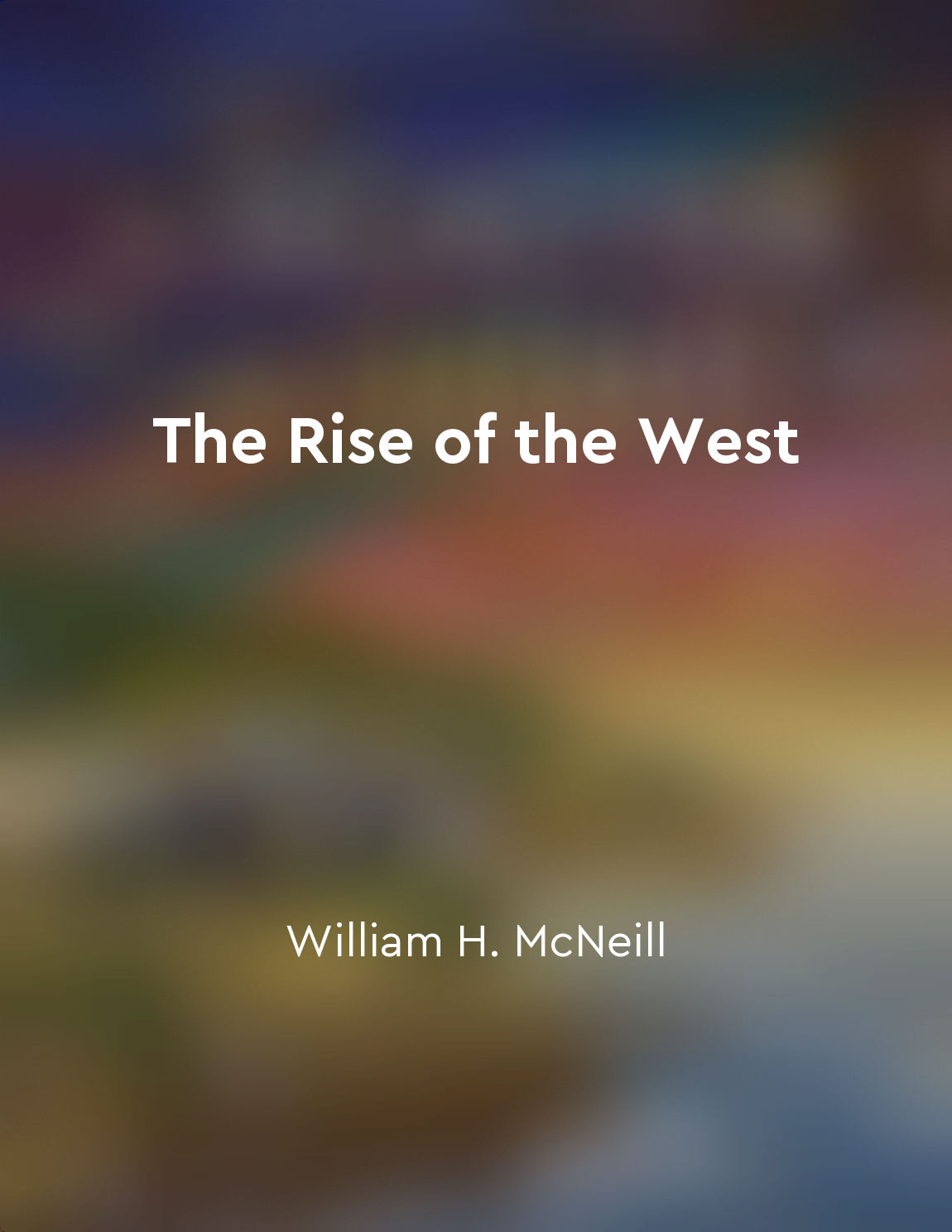Contagion and mortality rates from "summary" of The Fate of Rome by Kyle Harper
The spread of diseases in the ancient world was not just a matter of individual cases or isolated outbreaks. Contagion rates determined the speed and extent of an epidemic, shaping the trajectory of disease across different populations and regions. When pathogens were highly contagious, they could rapidly infect a large percentage of the population, leading to devastating consequences for society as a whole. Mortality rates, on the other hand, measured the impact of a disease on those who were infected. Diseases with high mortality rates were particularly lethal, causing a significant number of deaths among those who contracted the illness. In ancient Rome, diseases with high mortality rates could decimate communities, weaken armies, and undermine the stability of the empire. The interplay between contagion and mortality rates was crucial in understanding the dynamics of epidemics in the ancient world. Diseases that spread quickly and had high mortality rates could have catastrophic effects on populations, leading to widespread death and social upheaval. The combination of rapid transmission and high lethality made certain diseases especially dangerous and difficult to control. By studying contagion and mortality rates, historians can gain insights into the impact of diseases on ancient societies and the ways in which epidemics shaped the course of history. Understanding how diseases spread and the toll they took on populations allows us to appreciate the challenges that people in the past faced in combating infectious diseases and maintaining the health and stability of their communities.Similar Posts
The mosquito's resilience highlights the need for innovative approaches to control
The mosquito, with its tenacious will to survive and adaptability to changing environments, serves as a stark reminder of the u...

The West's rise is influenced by geographic factors
Geography has played a crucial role in shaping the rise of the West. The physical terrain of Europe, with its numerous peninsul...
Understanding the history of mosquitoes is essential for addressing their impact
To truly grasp the immense impact of mosquitoes on human history, one must delve into their extensive past. From their role in ...
Environmental challenges led to social upheaval
The Roman Empire faced a series of environmental challenges that put immense pressure on its social fabric. The changing climat...
